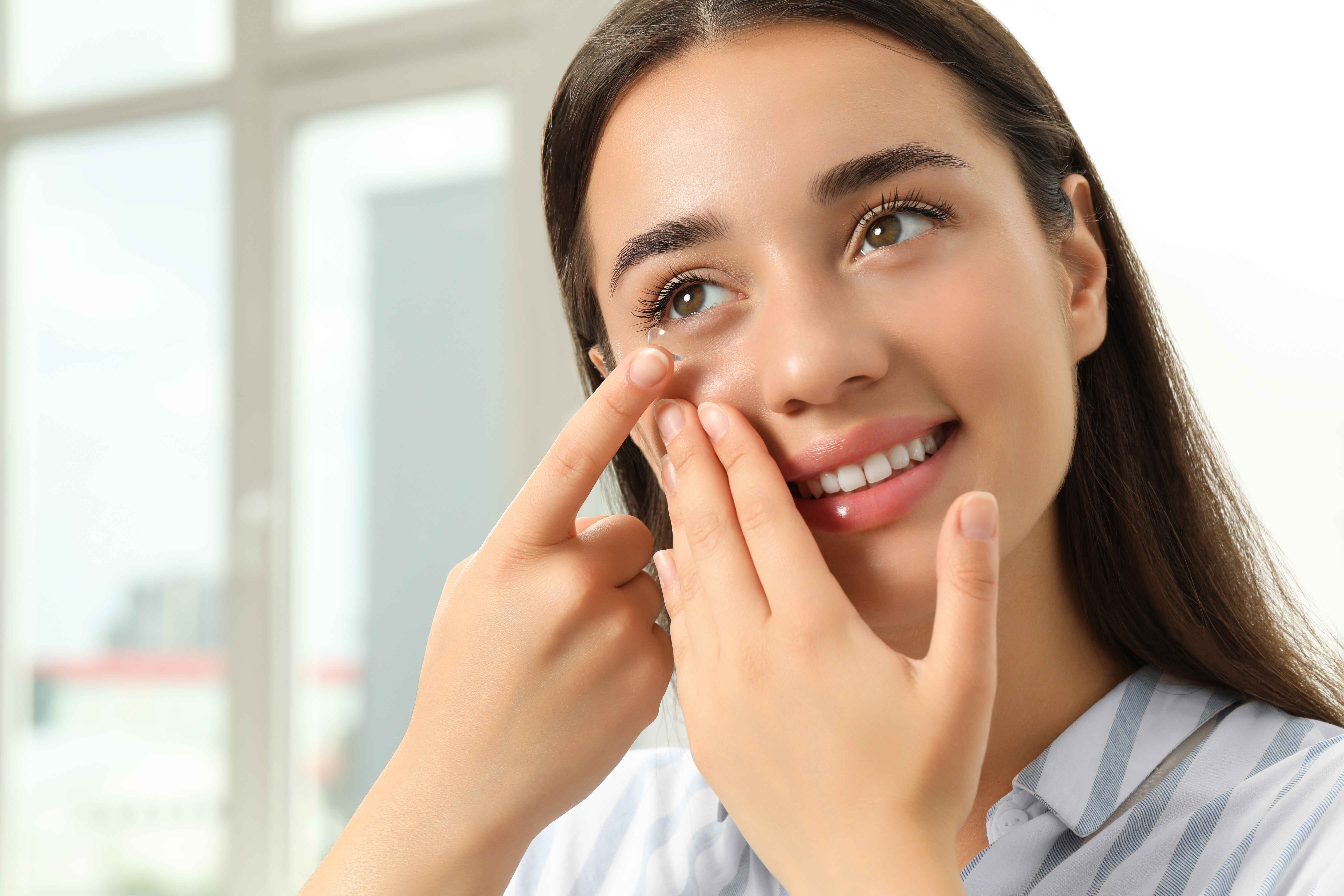Table of Contents
Early detection and diagnosis of glaucoma protects your patients against serious vision loss. As you know, many people with early-stage glaucoma have no symptoms. By the time they’re diagnosed, they have already experienced changes in their vision. However, cutting-edge contact lens technology could enable earlier detection and treatment.
This article discusses glaucoma and contact lenses featuring built-in technology that could help you detect the condition early.
Contact Lens Technology for Glaucoma Diagnosis
Glaucoma occurs when increased intraocular pressure (IOP) damages the optic nerve, leading to vision loss. Researchers have developed a smart contact lens (SCL) with embedded sensors to detect fluctuations in IOP and enable earlier disease diagnosis and treatment. Since the SCL is wearable, users can easily go about their daily activities without disruption. While in use, the sensors measure biometric data, which is sent wirelessly to a wearable readout system. An ophthalmologist evaluates the processed data.
One advantage the contact lenses offer compared to traditional eye exams is the ability to measure changes in IOP over 24 hours or longer. IOP can vary significantly throughout the day. Conventional methods for determining IOP in a clinical setting measure a moment in time. This can present misleading results, whereas reviewing pressure over time can result in a more accurate diagnosis.
If a variation is detected, further investigation is indicated. That could include Goldmann Applanation Tonometry (GAT), widely considered to be the gold standard test, to measure pressure for a whole day. While GAT is the most widely used method, it does have limitations, such as its inability to capture short-term changes in IOP.
Glaucoma and Contact Lenses: Initial Human Trials
Testing of these new devices is now being conducted in humans. Recently, the contact lenses were tested on six healthy volunteers. First, GAT tests were done to establish a baseline IOP for each participant. The group drank 1.5 liters of water and then laid flat to elevate their IOP. Data was collected by the contact lenses worn in the subjects’ left eyes only. After 30 minutes, the research team used GAT to compare IOP levels in both eyes. This was repeated twice for a total test duration of 90 minutes. The lens sensors effectively showed the water-loading effects, with measurements from the right eye producing similar results.
The researchers expect to conduct more testing this year with a larger group of subjects.
Data reliability and accuracy are challenges in all wearable devices. There are concerns about broader usage of SCLs due to:
-
- durability issues from lens handling and eye rubbing.
- stability of chemicals used when the lens is cleaned during routine use.
- oxygen transmissibility when worn for a long time.
- ergonomic design and adapting the SCLs for eyes with unique corneal shapes and sizes.
Other SCL Efforts
There have been previous attempts to use SCLs to measure IOP. Earlier versions were thicker and less comfortable.
Newer SCLs register data about the wearer’s physical state. One using glucose oxidase and an indium gallium zinc oxide transistor has been developed to detect glucose levels and monitor those with diabetes. Scientists believe SCLs will eventually be used to diagnose and treat cataracts, dry eyes, age-related macular degeneration, diabetic retinopathy, and more.
Keeping Informed
The potential use of contact lenses to manage and test glaucoma and other conditions could bring considerable changes in your field. Early detection of glaucoma can help patients manage the condition long before they notice issues with their vision.
As an ophthalmologist or optometrist, you want to stay informed about the latest research on glaucoma and contact lenses for diagnosis. Consider the benefits of including contact lens-based IOP monitoring in your practice in the future. The prospect of using SCLs to find and treat glaucoma and other conditions is exciting. Keep an eye out for more research in this area.
You can partner with Vision Care Direct to promote the best in eye health for your patients. Contact us today!





















































